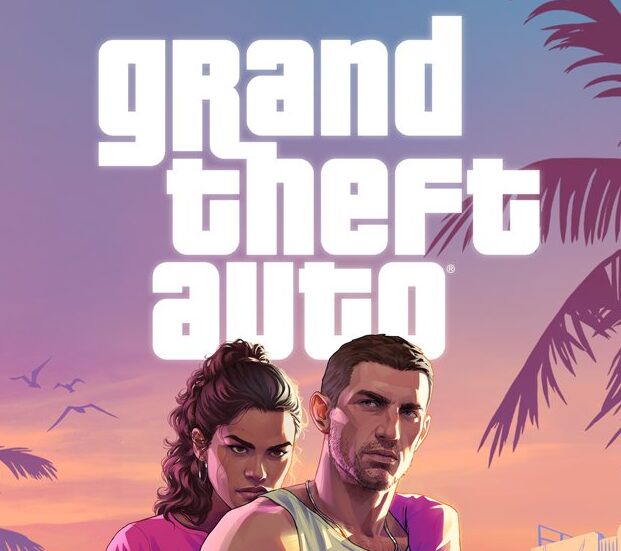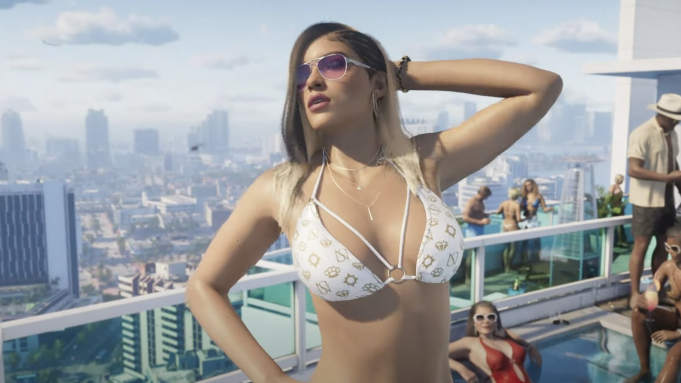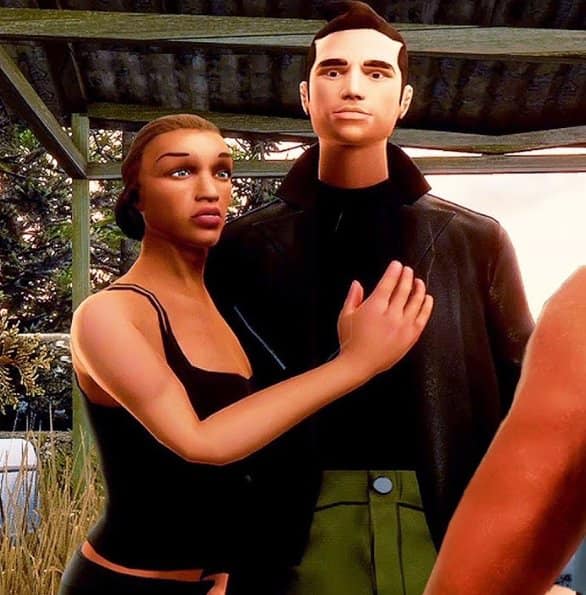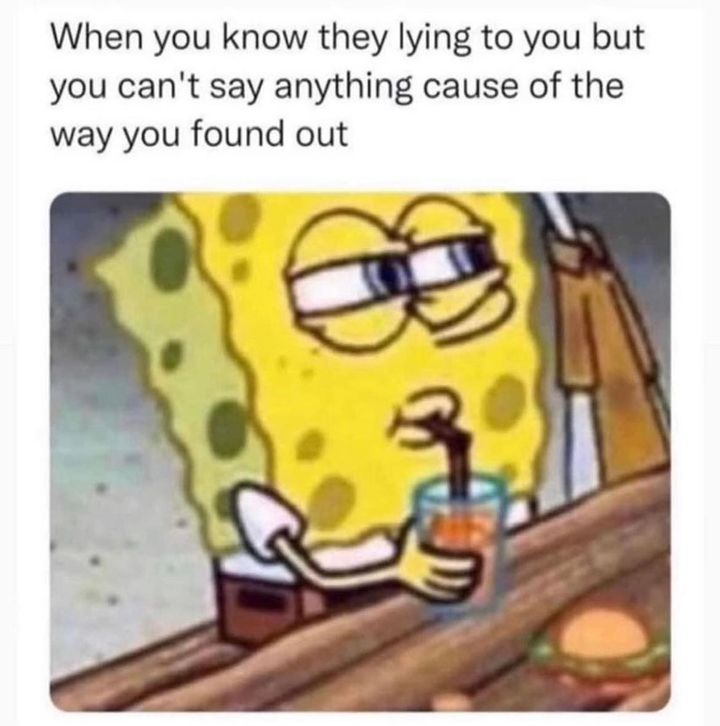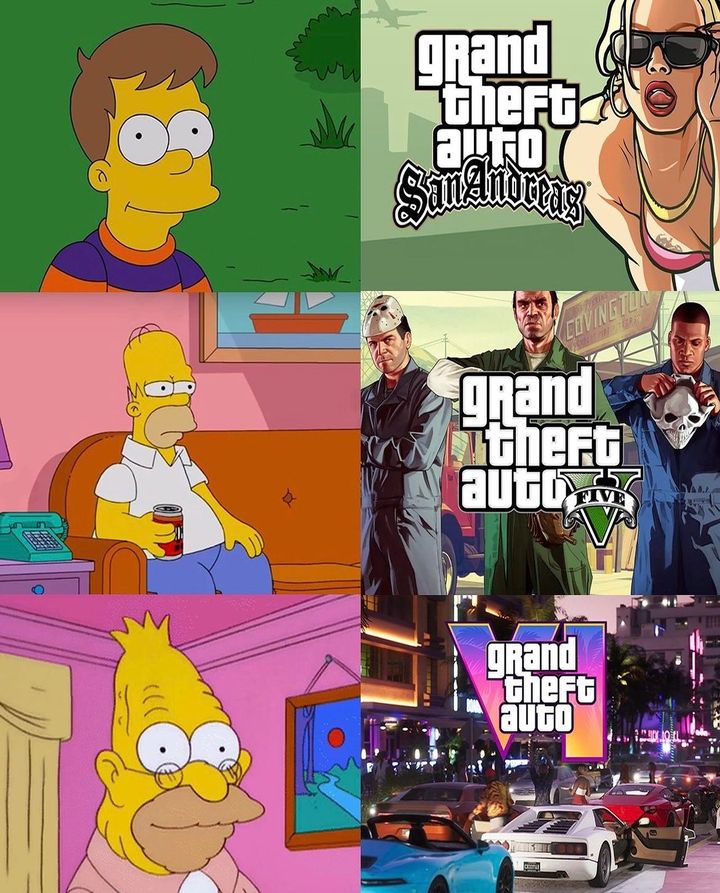One of the simple pleasures of Grand Theft Auto: Vice City was listening to the radio.
Players could hijack a car, roam aimlessly around the Miami-inspired waterfront cityscape and bask in the 2002 game’s robust themed radio stations — a library of ’80s tunes that amounted to nearly seven hours of licensed music. For many gamers, songs like Frankie Goes to Hollywood’s “Two Tribes” and Kim Wilde’s “Kids in America” are inextricably tied to cruising those streets.
Tom Petty’s “Love Is a Long Road,” a breezy, sun-kissed track from his debut solo album, “Full Moon Fever,” was released in 1989, a few years too late to make it into Vice City, which was set in 1986. But it is easy to imagine the song fitting in on one of the game’s radio stations — perhaps on the pop-rock channel Flash FM, which featured tracks from the likes of Hall & Oates, INXS and Bryan Adams.
That might be why it felt so right to hear “Love Is a Long Road” in the trailer for Grand Theft Auto VI, which was released by Rockstar Games on Monday and already has more than 128 million views. Grand Theft Auto, the trailer revealed, is returning to Vice City in 2025 — and Petty helps transport us there.
“Tom Petty isn’t just a heartland rock icon; he’s a Florida icon,” Jill Krajewski, a culture critic who has written about music for Spin and Pitchfork, said. “Choosing a home state hero for G.T.A. when it’s directly inspired by Florida is really savvy on Rockstar’s part.”
Choosing this particular song reflects the style of the game in subtle ways, she explained.
“The open road is one of Petty’s muses, particularly on ‘Free Fallin’,’” she said. “But this song is the grittier B-side, and it’s far more fitting for the underworlds where Grand Theft Auto takes place.”
It is not the first time one of Petty’s songs has appeared in the Grand Theft Auto universe. “Runnin’ Down a Dream,” also from “Full Moon Fever,” was used in the sequel to Vice City, Grand Theft Auto: San Andreas, where it could be heard on the classic rock station K-DST, alongside songs by Creedence Clearwater Revival and the Who.
Petty, who died in 2017, loved contributing to San Andreas and “would have been honored to see his work featured once more,” his estate said in a statement.
“G.T.A. trailers are cultural moments in their own right, and Rockstar’s commitment to music curation shines through in everything they do, so it’s exciting to see Tom’s music embraced by a new legion of fans,” the estate added.
Since the trailer was released this week, people have flocked to streaming services to listen to “Love Is a Long Road,” which has experienced a nearly 37,000 percent increase in streams on Spotify. The data suggests that many were discovering the song for the first time: Within 24 hours, the song had been searched on Shazam almost a quarter of a million times, Rockstar said.
“Grand Theft Auto is a cultural phenomenon that impacts multiple mediums,” Sulinna Ong, the global head of editorial at Spotify, said in an email through a representative. “This is another example of how music transcends generations, especially when introduced through the lens of culture like gaming.”
“Love Is a Long Road” also hit No. 2 on the worldwide iTunes chart, right below Mariah Carey’s “All I Want for Christmas Is You.”
Past Grand Theft Auto debut trailers have also left a musical impression.
The trailer for Grand Theft Auto IV used Philip Glass’s hypnotic modern classical piece “Pruitt Igoe” over time-lapse footage of the game’s New York-inspired landscape to channel Godfrey Reggio’s experimental documentary “Koyaanisqatsi,” an oblique cultural reference that demonstrated Rockstar’s shrewd use of licensed music as a promotional tool.
Rockstar has not explained why it chose “Love Is a Long Road” to introduce Grand Theft Auto VI to the world. (Through a spokeswoman, the studio declined to comment.) But there is an echo of those old Vice City radio stations, which were teeming with ’80s hits as well as deep cuts that showed a music lover’s predilections.
Although Grand Theft Auto VI is once again set in Vice City, it is no longer a period piece; judging from the abundance of smartphones and social media apps in the trailer, the game is set in the present day. The presence of a Florida native’s ’80s gem in our first glimpse of the game is a clever way to connect this contemporary adventure to the Vice City we remember.
Audio produced by Adrienne Hurst.
